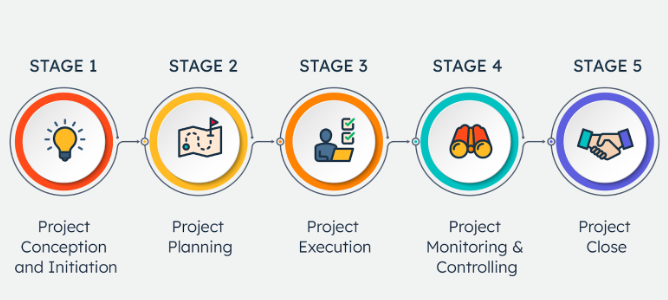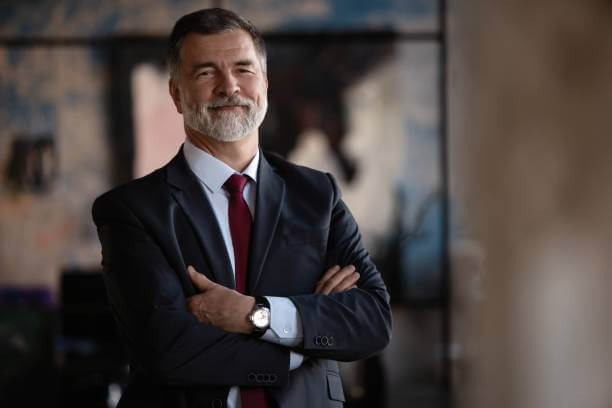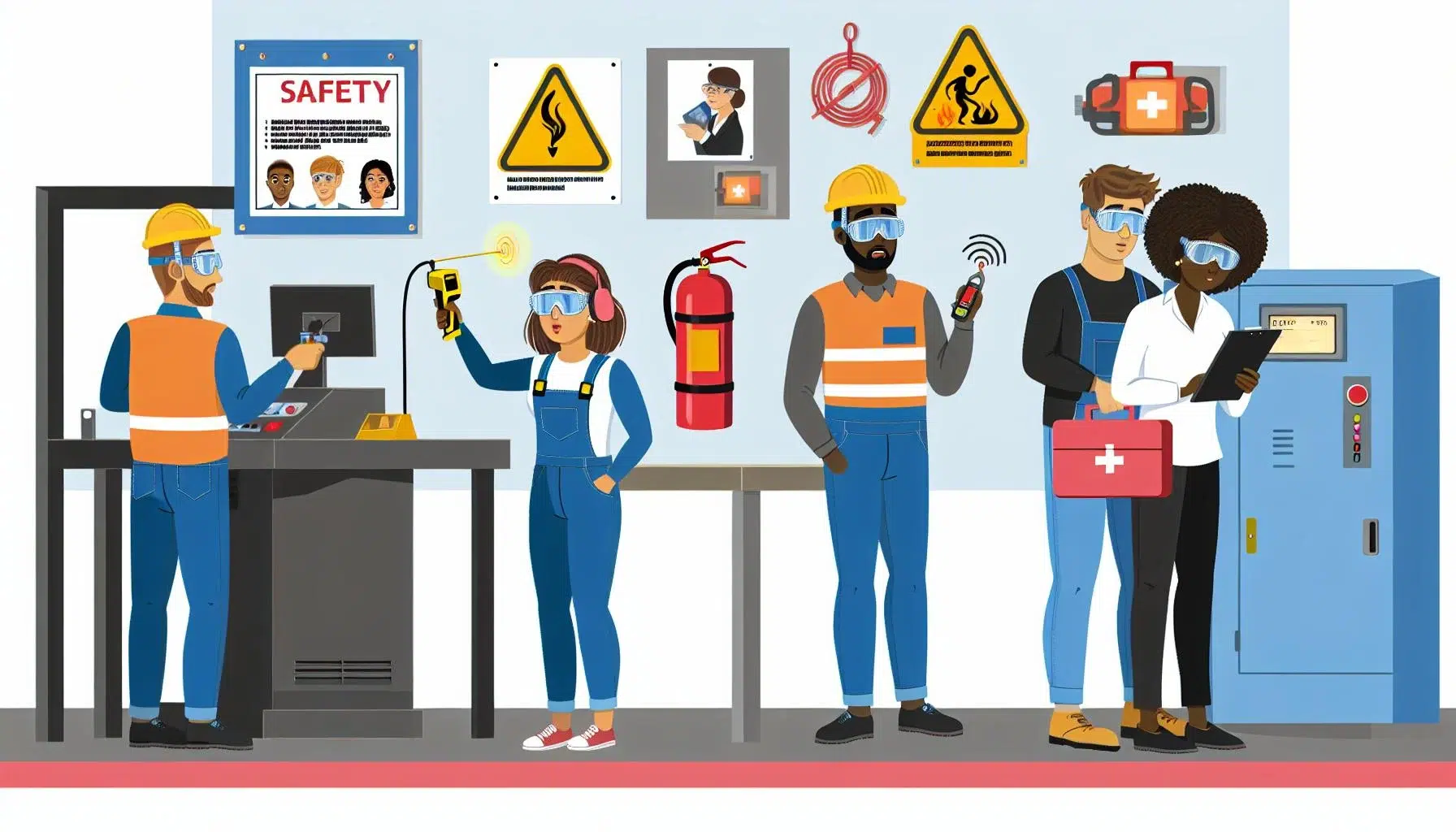A project manager is responsible for planning, executing, and closing projects. Their role involves coordinating the team’s efforts, managing resources, and ensuring everything is completed on time, within budget, and to the required quality standards. If it sounds like a lot, that’s because it is. But there’s even more. Beyond overseeing these responsibilities, they are also tasked with preventing workplace accidents. Keep reading to learn more.
What’s the Role of a Project Manager for Safety?
It might come as a surprise that project managers are responsible for workplace safety, but it really shouldn’t be. Thinking their job is limited to meeting deadlines and staying on budget is a rather narrow view. While the responsibilities of a manager can vary depending on the company and sector, their core duty is to lead a development successfully from start to finish.
This involves not only managing time and finances but also ensuring that staff have access to the right resources and that safety is never compromised by taking shortcuts.
The daily responsibilities of PMs can vary greatly between industries. For example, a project manager in an office environment might prioritise employees’ mental well-being and stress management.
On the other hand, a project manager in a high-risk industry, like construction, must tackle serious health and safety concerns, including physical hazards on-site.
In potentially hazardous sectors, project managers are responsible for enforcing protocols, conducting regular risk assessments, and ensuring strict compliance with safety regulations to prevent accidents.
They organise training sessions and ensure every team member fully understands the procedures. Regular site inspections are crucial to identifying and addressing potential hazards before they escalate.
Additionally, project managers play a key role in fostering a culture of accident prevention. This involves promoting open communication about risks or concerns and ensuring that safety measures are upheld, even when there is pressure to meet tight deadlines.
How Project Managers Can Prevent Accidents

Fatal Accident Claims, a claims service led by specialist fatal accident solicitors, has shared valuable tips on how to prevent workplace accidents.
- Conduct Thorough Risk Assessments: Regularly conduct risk assessments to identify potential hazards before they become problematic, and create strategies to mitigate these risks.
- Provide Safety Training: Make sure that all team members are well-trained in safety protocols. This includes running workshops, drills, and providing up-to-date resources on best practices.
- Promote Open Communication: Foster a culture where team members feel comfortable speaking up about safety concerns. When employees can freely report hazards or potential dangers, issues can be addressed promptly.
- Ensure Proper Resource Allocation: Make sure the team has the right tools and equipment to complete their tasks safely.
- Regular Site Inspections: Conduct regular site inspections to ensure that all safety measures are being followed.
- Avoid Cutting Corners Under Pressure: It can be tempting to compromise to meet deadlines or budgets, but a project manager must always prioritise safety over speed.
- Monitor Workloads and Stress Levels: Ensure that team members aren’t overworked or overstressed, as fatigue and stress can lead to mistakes and accidents. Managing workloads effectively helps maintain both productivity and safety.
- Develop a Safety-First Culture: Lead by example. When project managers consistently prioritise safety, it encourages the entire team to do the same, creating a safer work environment overall.
Safety Challenges in Different Project Phases

Throughout a project’s lifecycle, the challenges can vary from one phase to another. Each stage of a development—initiation, planning, execution, and closure—has its unique set of risks that require a tailored approach to ensure safety.
During the initiation phase, the primary challenge lies in understanding the potential risks. This phase involves identifying initial concerns that might arise and setting the foundation for a safety-oriented project culture. Without a solid risk identification process, gaps may develop early on, leading to future challenges.
In the planning step, the focus is on developing comprehensive strategies. This includes establishing protocols, creating training programs, and ensuring that all necessary equipment and resources are factored into the budget. A significant challenge here is balancing safety requirements with budget constraints.
The execution phase often presents the highest number of challenges, as this is when the actual work happens. During this stage, risks can manifest in real-time, such as equipment malfunctions, human error, or unexpected environmental factors. Project managers must stay vigilant, conduct frequent inspections, and ensure that all team members adhere strictly to safety protocols. Maintaining open lines of communication for reporting hazards is also crucial.
In the closure period, difficulties revolve around guaranteeing that all aspects of the project have been completed without any loose ends that could pose a risk. This includes ensuring that all equipment is safely decommissioned, all hazardous materials are properly disposed of, and that a final safety audit is conducted.
Preventing accidents is not just about following protocols or ticking boxes; it’s about creating an environment where every worker feels valued and protected. A PM’s genuine commitment to safety can be the difference between a successful project and a tragedy. It’s about leadership that prioritises people over processes, fostering trust, and ensuring that everyone goes home safe.

Victor Z Young is a Civil Engineer with 35 years of experience working alongside the executive team of various construction companies. Victor specializes in construction insurance, delay analysis, performance analysis and engineering. He holds a Doctor of Project Management from Northwestern University.















